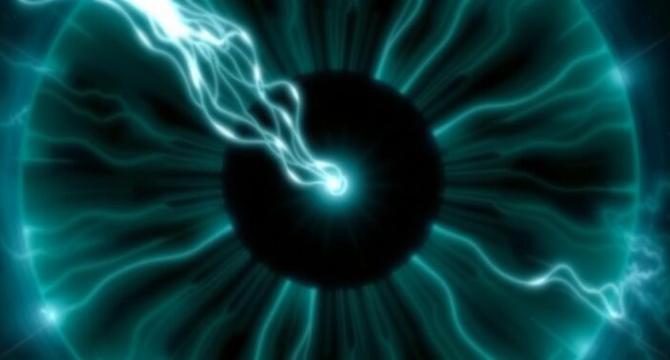Bioengineer
6d
74

Image Credit: Bioengineer
MSU Researcher Unveils Groundbreaking Model Illuminating Solar Storms and Space Weather Dynamics
- Recent research sheds light on how charged particles, predominantly protons and electrons, accelerate and interact with external forces, particularly during solar eruptions. Thomas Do, an astronomy graduate student at Michigan State University, offers an innovative perspective on the dynamics of charged particles in his newly published research. With a nuanced approach that encompasses a broader array of conditions than previous models, Do’s work is pivotal in predicting how solar storms interact with technological systems in space.
- Do’s intricate analysis delineates the conditions under which interactions between charged particles and shock waves occur, illustrating how charged particles can gather speed rapidly as they navigate through the turmoil of solar activity. In traditional models, the emphasis has largely been on high-energy particles, leaving room for significant gaps in understanding the behavior of low-energy particles. Do and his mentor Federico Fraschetti recognized this gap and sought to refine the existing models.
- Beyond the immediate implications for solar physics, the research could impact other areas that involve charged particles, including space weather forecasting and solar-terrestrial relationships. Understanding mechanics behind charged particle interactions provides pathways to mitigate these threats. It can disrupt communications systems, satellite operations, and even power grids on Earth if solar activity level spikes up.
- This study resonates with the broader context of astrophysics and our understanding of cosmic phenomena. Insights gained can illuminate aspects of other high-energy environments in the universe, such as those found in supernova explosions, helping bridge gaps in our understanding of cosmic ray production and behavior across different astrophysical environments.
- Thomas Do’s research and model development herald a new era of understanding surrounding solar dynamics and charged particles. As our capabilities to observe and analyze cosmic phenomena improve, so too does our ability to protect our technological infrastructure on Earth, ensuring that we can navigate the challenges posed by our energetic star with confidence.
- Thanks to the proximity of the Parker Solar Probe to the sun during an September 5th 2022 solar explosion, the researchers noted that their model corresponded excellently with the data collected. This confirmation is vital, as it embeds their theoretical work into practical applications and real-world validations.
- This research not only showcases the relentless human curiosity that drives science but emphasizes the importance of understanding our nearest star. The sun continues to reveal its secrets, and through systematic study, astronomers like Do are forging a path toward greater comprehension of both our solar system and the vast universe beyond.
- The potential applications of this model could revolutionize our understanding of solar activities and their implications for space exploration. As humanity continues to venture deeper into space, insights drawn from this research will be pivotal in preparing for and adapting to the challenges offered by solar activity.
- Solar wind emanates from the sun due to its intense heat and gravitational forces that fail to capture these high-energy entities. Recent research offers new insights into how these charged particles interact with external forces, particularly during solar eruptions.
- The sun's massive energy release during coronal mass ejections propels massive amounts of plasma away from its surface. Do's focus is on how these ejections incite shock waves that interact with charged particles along their trajectory, allowing them to gain energy and speed.
Read Full Article
4 Likes
For uninterrupted reading, download the app